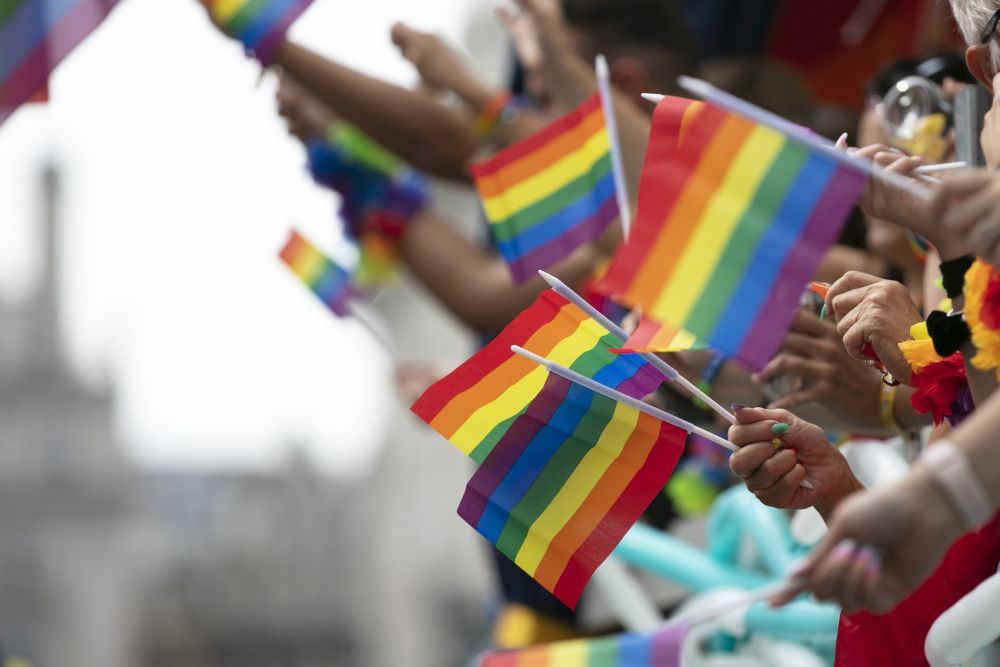Article
LGBTQ+ Through the Ages: Stonewall’s Impact
Author(s):
What socio-cultural events impacted the older LGBTQ+ generations, and how do they inform their current mental health status?
inkdrop/AdobeStock

CONFERENCE REPORTER
“Being gay in itself was a crime,” said Hein H. Latt, MD, in a presentation on the Stonewall riot’s impact at the 2021 American Association for Geriatric Psychiatry virtual annual meeting.
In their presentation, “Stonewall Uprising: Impact on Older LGBT Adults,” Latt and colleagues William Smith, MD, and Peter Ureste, MD, broached how history has oppressed and built up the stigma around LGBTQ+ individuals. From policing gay clubs to conversion therapy, time paints a disheartening story of what it was like to be a member of the LGBTQ+ community.
The Stonewall Uprising began in 1969 after police raided the Stonewall Inn, a New York City gay club, and sparked outrage among patrons, enough to cause them to take to the streets. For 6 days, protests and riots broke out outside the club. It was these riots that acted as a catalyst for the gay rights movement.1
“Members of the community truly believed they were sick, and had a problem they needed to fix,” Latt said.
Ureste broke the geriatric LGBTQ+ community down into 3 cohorts: 1) the Greatest Generation, born in 1091-1924, or the Old-Old; 2) the Silent Generation, born in 1925-1945, or the Middle-Old; 3) the Pride Generation, born 1946-1964, or the Young-Old. Each of these cohorts was impacted by the sociocultural factors of their formative years, and performs their identity accordingly, as shown by the Caring and Aging with Pride study.2
For example, the Young-Old have the highest right of “outness,” or public disclosure of their sexuality, but they also have experienced the highest number of lifetime victimization or discrimination events. Oppositely, the Old-Old have the lowest levels of “outness,” but the lowest rate of discrimination. The Middle-Old, generally, tended to have better mental health.
This cohort breakdown may assist in approaching geriatric LGBTQ+ patients.
“Be mindful about stigma,” Ureste said in the Q+A session post-presentation. “Older LGBTQ+ individuals might be reluctant to share. Always leave the door open, so that when they’re comfortable, they feel invited to do so.”
Smith expressed similar sentiments, even sharing a story about one of his patients who is just now beginning her gender transition in her 60s.
“She’d never been asked about her gender identity before,” Smith said. “Asking everyone about how they feel, no matter how old, is important.”
References
1. Stonewall Riots. History. Updated June 26, 2020. Accessed March 16, 2021. https://www.history.com/topics/gay-rights/the-stonewall-riots
2. National LGBTQ Health and Longevity Center. Wellness with Pride homepage. https://age-pride.org




